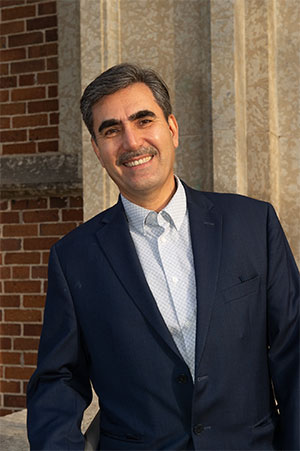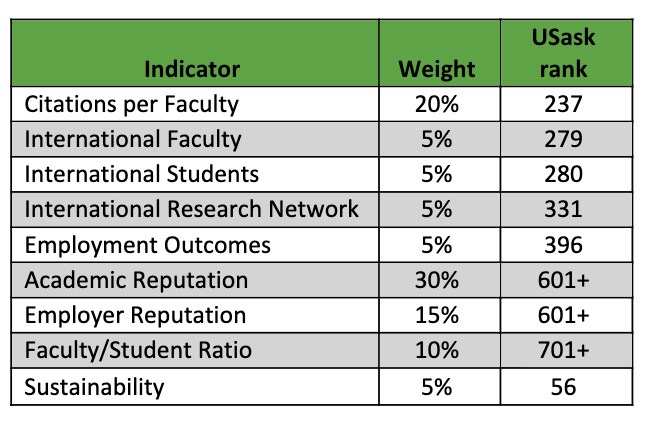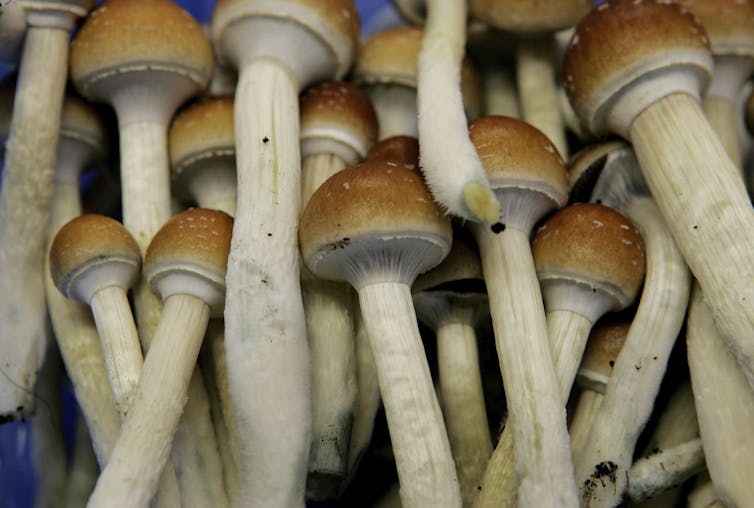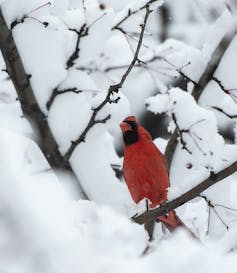The NSERC Discovery Grants support long-term research goals, providing researchers with annual instalments over a five-year period. The following 41 USask researchers were awarded more than $8.3 million in funding from NSERC in 2024. This year, six USask researchers also received $12,500 from the NSERC Discovery Grant Early Career Researcher Supplement.
Dr. Peter Pioli (PhD)
Biochemistry, Microbiology, and Immunology – College of Medicine
Sex Differences in Thymus Antibody-Secreting Cell Production and the Impact on T Cell Development
$155,000
Discovery Launch Supplement for Early Career Researchers recipient - $12,500
Dr. Eric Price (PhD)
Chemistry – College of Arts and Science
Synthesis and physicochemical study of new chemical tools towards ideal radiometal-and peptide-base constructs
$180,000
Dr. Susantha Gomis (PhD)
Veterinary Pathology – Western College of Veterinary Medicine
Immunomodulatory effects of oligodeoxynucleotides containing CpG motifs (CpG-ODN) on intrapulmonary vaccine delivery in neonatal broiler chickens
$280,000
Dr. Ellen Wasan (PhD)
Pharmacy - College of Pharmacy and Nutrition
Exploring soft material nanoparticles for engaging mucosal immunity
$200,000
Dr. Kerry McPhedran (PhD)
Civil, Geological and Environmental Engineering - College of Engineering
Direct potable reuse of municipal wastewater and urban stormwater in Canada
$180,000
Dr. Catherine Niu (PhD)
Chemical and Biological Engineering – College of Engineering
Biosorption and Adsorption for Effective Separation of Targeted Species from Multi-Component Systems
$165,000
Dr. Douglas Chivers (PhD)
Biology – College of Arts and Science
Understanding multigenerational effects of risk and contaminants in aquatic systems
$275,000
Dr. Hui Wang (PhD)
Chemical and Biological Engineering – College of Engineering
Catalytic Sites Contiguity Study for Carbon Dioxide Conversion Reactions
$195,000
Dr. Kate Congreves (PhD)
Plant Sciences – College of Agriculture and Bioresources
Tightening the nitrogen cycle for sustainable soil management via diversification
$215,000
Dr. John Tse (PhD)
Physics and Engineering Physics – College of Arts and Science
Structural Phase transitions under Extreme Conditions
$305,000
Dr. Markus Hecker (PhD)
School of Environment and Sustainability
Translational Environmental Toxicology
$325,000
Dr. Valerie Thompson (PhD)
Psychology – College of Arts and Science
Towards a Theory of Meta-Reasoning
$235,000
Dr. Melissa Arcand (PhD)
Soil Science – College of Agriculture and Bioresources
Crop rhizosphere controls on nitrogen bioavailability and soil organic matter-intersections between microbial carbon and plant nitrogen use efficiencies
$150,000
Dr. Qiang Liu (PhD)
Vaccine and Infectious Disease Organization
Viral Ribonucleic Acid (RNA) translation modulation
$170,000
Dr. David Sumner (PhD)
Mechanical Engineering – College of Engineering
Fundamentals of Bluff-Body Wakes
$160,000
Dr. Lynn Weber (PhD)
Veterinary Biomedical Sciences - Western College of Veterinary Medicine
Heart-microbiome-metabolism axis and influence of protein source in a dog model
$235,000
Dr. Heather Szabo-Rogers (PhD)
Anatomy, Physiology and Pharmacology – College of Medicine
Genes, proteins and tissue interactions shaping the snout and beak
$170,000
Dr. Alexey Shevyakov (PhD)
Mathematics and Statistics – College of Arts and Science
Exact and approximate symmetry methods with applications to nonlinear
$120,000
Dr. Gordon Sarty (PhD)
Physics - College of Arts and Science
Design and Testing of Gradient Free Magnetic Resonance Imaging
$170,000
Dr. Derek Peak (PhD)
Soil Science – College of Agriculture and Bioresources
Shining Light on Soil Health
$180,000
Dr. Mrigank Rochan (PhD)
Computer Science – College of Arts and Science
Towards Adaptive and Robust Visual Understanding
$170,000
Discovery Launch Supplement for Early Career Researchers recipient - $12,500
Dr. Steven Rayan (PhD)
Mathematics and Statistics – College of Arts and Science
Moduli Spaces and Quantum Matter
$215,000
Dr. Jonathan Farthing (PhD)
Kinesiology – College of Kinesiology
Neural mechanisms of contralateral effects of unilateral motor training in humans
$165,000
Dr. Jaswant Singh (DVM)
Veterinary Biomedical Sciences – Western College of Veterinary Medicine
Mechanisms Affecting Oocyte Competence in the Bovine Model during the Prepubertal Period
$275,000
Dr. Andrew Ireson (PhD)
School of Environment and Sustainability
Soil moisture futures in the Canadian Prairies
$180,000
Dr. Akindele Odeshi (PhD)
Mechanical Engineering – College of Engineering
Development of hybrid and functionally graded materials using additive
$165,000
Dr. Katherine Stewart (PhD)
Soil Science – College of Agriculture and Bioresources
Linking biocrusts, plants and belowground communities in a changing climate
$180,000
Dr. Aneesh Thakur (DVM)
Vaccine and Infectious Disease Organization
Inducing respiratory mucosal immunity in cattle by design of next-generation thermostable ribonucleic acid vaccines
$165,000
Discovery Launch Supplement for Early Career Researchers recipient - $12,500
Dr. Li Chen (PhD)
Electrical and Computer Engineering – College of Engineering
Characterize and Mitigate Radiation Effects on Microelectronics
$230,000
Dr. Haixia Zhang (PhD)
Food and Bioproduct Sciences – College of Agriculture and Bioresources
Developing Advanced Metabolomic Platforms to Unlock the Potential of Bioactive Compounds in Canadian Agrifoods
$165,000
Discovery Launch Supplement for Early Career Researchers recipient - $12,500
Dr. David Elwood (PhD)
Civil, Geological and Environmental Engineering – College of Engineering
Evaluation of Liquefaction Potential in Fine Sand Tailings using a Self-Bore Pressuremeter
$180,000
Dr. Kerri Kobryn (PhD)
Biochemistry, Microbiology, and Immunology – College of Medicine
Molecular studies of hairpin telomeres in bacteria
$200,000
Dr. Lori Bradford (PhD)
Ron and Jane Graham School of Professional Development - College of Engineering
Operationalization of Social and Cultural Knowledge into Engineering Design and Impact Assessment Practices
$135,000
Discovery Launch Supplement for Early Career Researchers recipient - $12,500
Dr. Ann McKellar (PhD)
Biology – College of Arts and Science
Understanding drivers of migratory bird population change in human-dominated landscapes
$170,000
Dr. Yansun Yao (PhD)
Physics and Engineering Physics – College of Arts and Science
Machine learning informed material prediction and discovery
$250,000
Dr. Chijin Xiao (PhD)
Physics and Engineering Physics – College of Arts and Science
Plasma Physics and Engineering for Fusion Research and Other Applications
$250,000
Dr. Daniel Columbus (PhD)
Animal and Poultry Science – College of Agriculture and Bioresources
Investigating the impact of dietary nitrogen content on amino acid utilization in growing pigs
$301,505
Dr. Yongfeng Ai (PhD)
Food and Bioproduct Sciences – College of Agriculture and Bioresources
Exploring and exploiting starch-plant protein interactions to improve food quality and nutrition
$195,000
Dr. Michael Nickerson (PhD)
Food and Bioproduct Sciences – College of Agriculture and Bioresources
Tailoring of the interfacial behaviour of plant proteins for their structure controlling role in foods
$275,000
Dr. Douglas Degenstein (PhD)
Physics and Engineering Physics – College of Arts and Sciences
Remote Sensing of the Atmosphere from Satellite Platforms
$255,000
Dr. Mohammadreza Nematollahi (PhD)
Finance and Management Science -Edwards School of Business
Reinforcing Food Security and Sustainability through Supply Chain Analytics
$135,000
Discovery Launch Supplement for Early Career Researchers recipient - $12,500


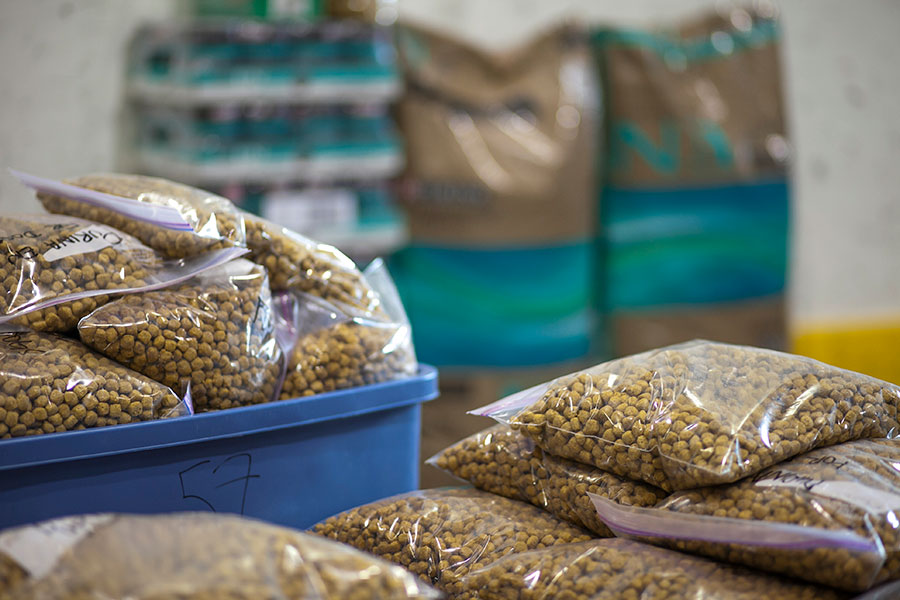
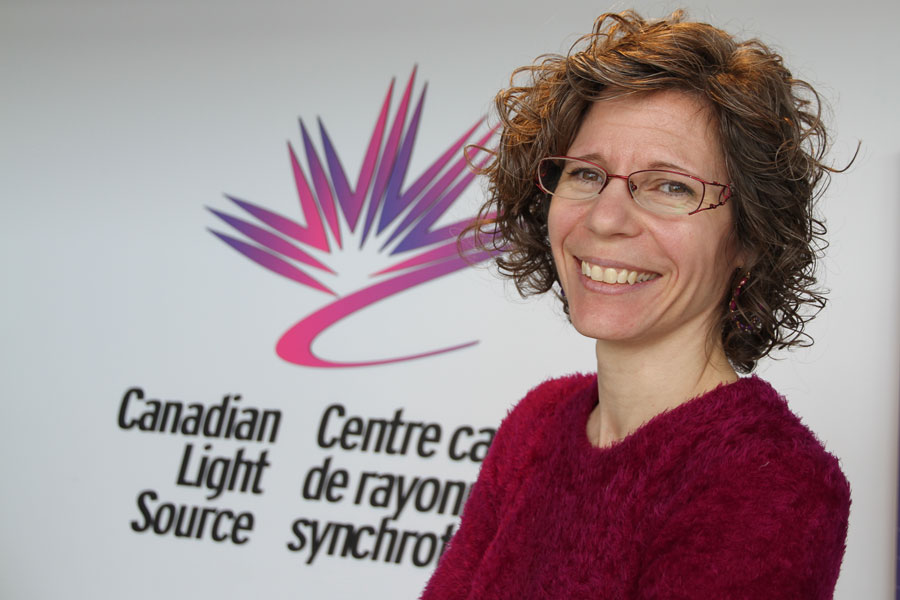 But this summer, curators and others interested in art, art history and cultural heritage have the opportunity to bring big science to bear of their mystery objects or questions. The Canadian Light Source (CLS) is once again opening its facility in July for one-week summer schools, giving researchers the chance to learn how synchrotron technology can be used to build knowledge, and solve mysteries, in their discipline. "If you're interested in synchrotron science," said Tracy Walker, "come and play."
But this summer, curators and others interested in art, art history and cultural heritage have the opportunity to bring big science to bear of their mystery objects or questions. The Canadian Light Source (CLS) is once again opening its facility in July for one-week summer schools, giving researchers the chance to learn how synchrotron technology can be used to build knowledge, and solve mysteries, in their discipline. "If you're interested in synchrotron science," said Tracy Walker, "come and play."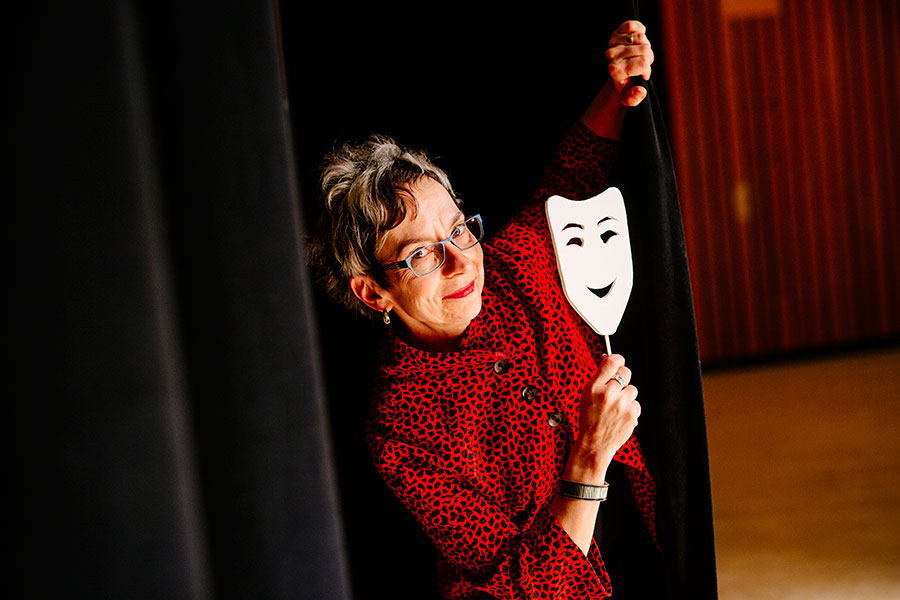 Not so for one team of Saskatchewan researchers who have identified a growing problem of workplace harassment in the province's health care facilities and are testing an unorthodox method of addressing the problem.
Not so for one team of Saskatchewan researchers who have identified a growing problem of workplace harassment in the province's health care facilities and are testing an unorthodox method of addressing the problem.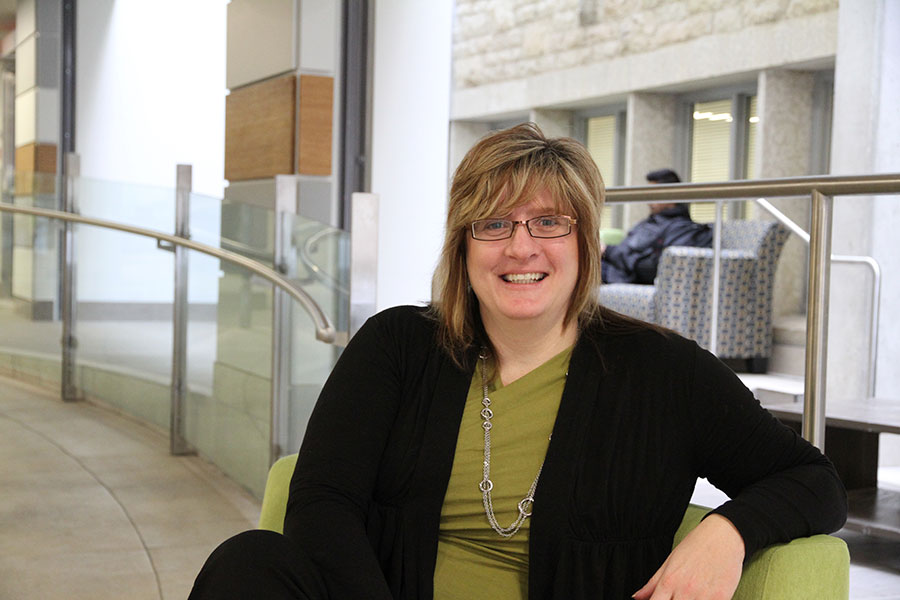 Fitzpatrick, manager of Student Counselling Services, said that in 2012-13, the number of students seeking assistance jumped by 39 per cent, and she suspects the upward trend will continue. According to a survey conducted by National College Health Assessment (NCHA), more than 30 per cent of U of S students reported they had received help from a counselor of psychologist at some point in their life, she said.
Fitzpatrick, manager of Student Counselling Services, said that in 2012-13, the number of students seeking assistance jumped by 39 per cent, and she suspects the upward trend will continue. According to a survey conducted by National College Health Assessment (NCHA), more than 30 per cent of U of S students reported they had received help from a counselor of psychologist at some point in their life, she said.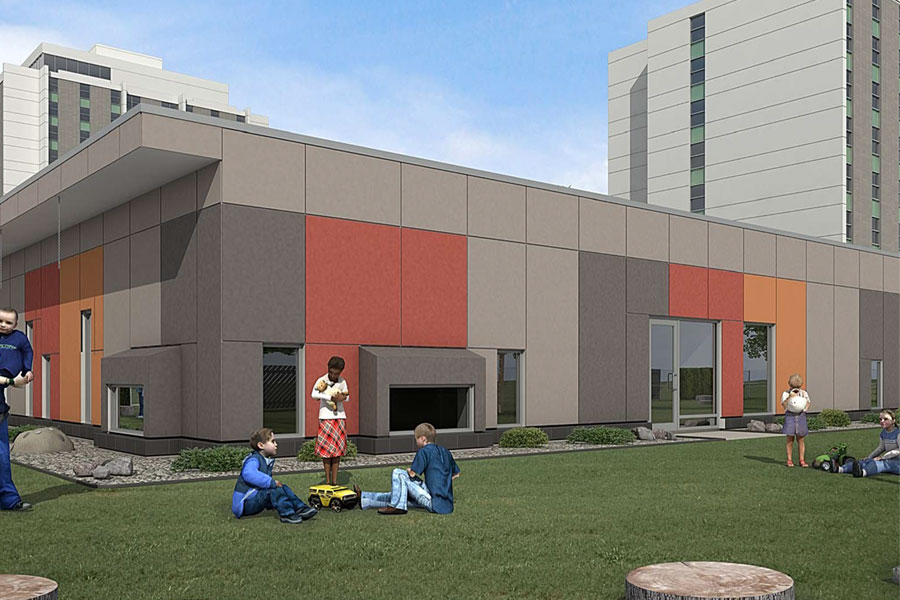 Gabriel Construction was awarded the tendered contract to build the centre, which is expected to cost $4,577,380, said Patti McDougall, vice provost teaching and learning. She added she is looking at using the saved funds to renovate and add more space to the existing U of S Students' Union child care facility in the Williams Building.
Gabriel Construction was awarded the tendered contract to build the centre, which is expected to cost $4,577,380, said Patti McDougall, vice provost teaching and learning. She added she is looking at using the saved funds to renovate and add more space to the existing U of S Students' Union child care facility in the Williams Building.
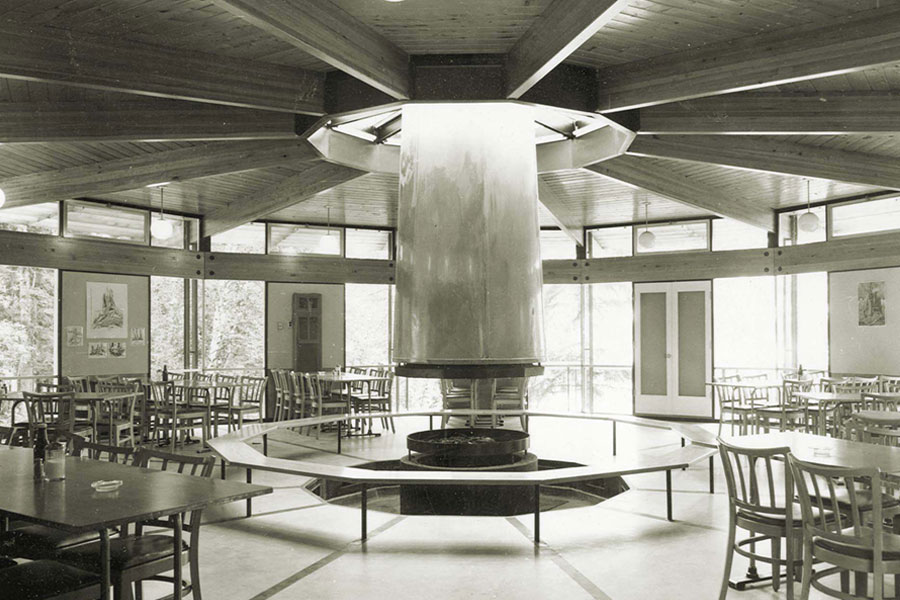 The RFP was issued March 10 is an effort to find a financially sustainable plan for the campus that was established in 1935 with a focus on U of S arts and ecology activities in addition to community use. Programs at the campus were suspended in late 2012.
The RFP was issued March 10 is an effort to find a financially sustainable plan for the campus that was established in 1935 with a focus on U of S arts and ecology activities in addition to community use. Programs at the campus were suspended in late 2012.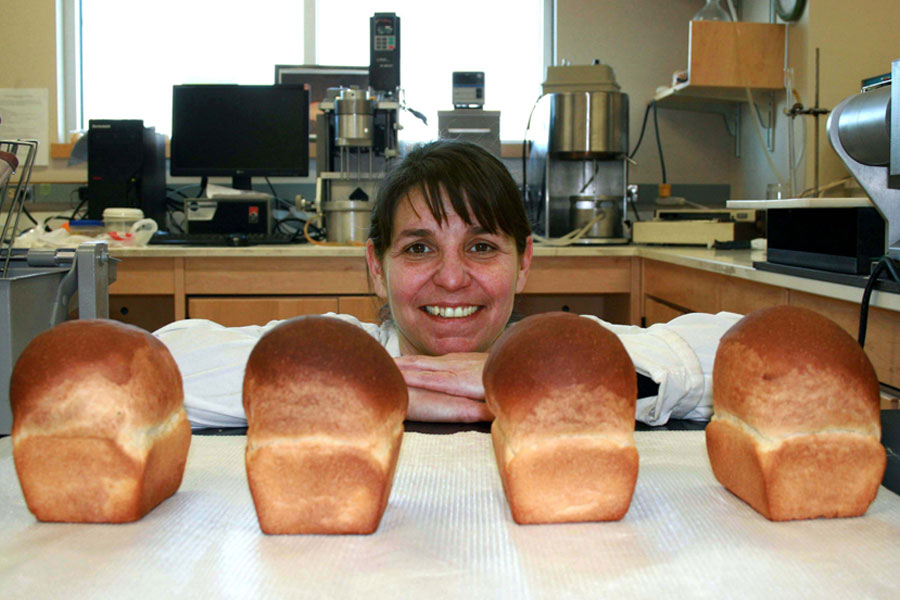 Briggs continues on the subject of wheat and the importance of gluten as she shows a visitor around the labs. She bristles at the bad rap gluten has received in the media. Health Canada estimates about one in 100 Canadians with celiac disease cannot digest gluten and some American sources estimate about six per cent of people live with non-celiac gluten sensitivities. But for the majority of people, Briggs said gluten is perfectly fine.
Briggs continues on the subject of wheat and the importance of gluten as she shows a visitor around the labs. She bristles at the bad rap gluten has received in the media. Health Canada estimates about one in 100 Canadians with celiac disease cannot digest gluten and some American sources estimate about six per cent of people live with non-celiac gluten sensitivities. But for the majority of people, Briggs said gluten is perfectly fine.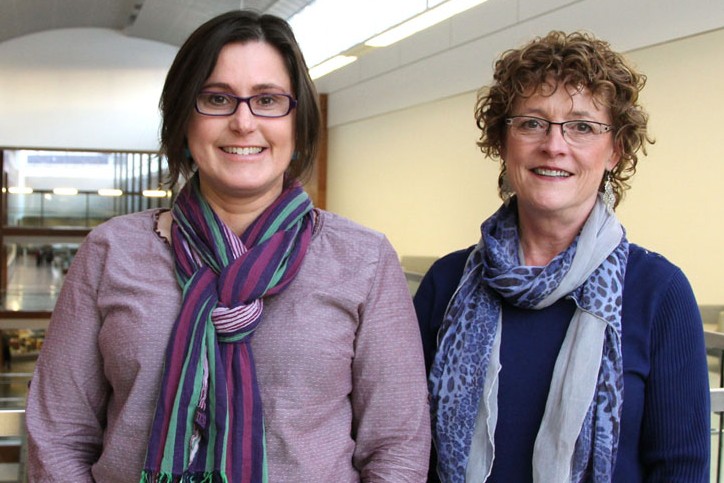 One of those concerned at the possibility was Lynn Kuffner, manager of Student Health Services, particularly after she saw the results of a recent student health survey.
One of those concerned at the possibility was Lynn Kuffner, manager of Student Health Services, particularly after she saw the results of a recent student health survey.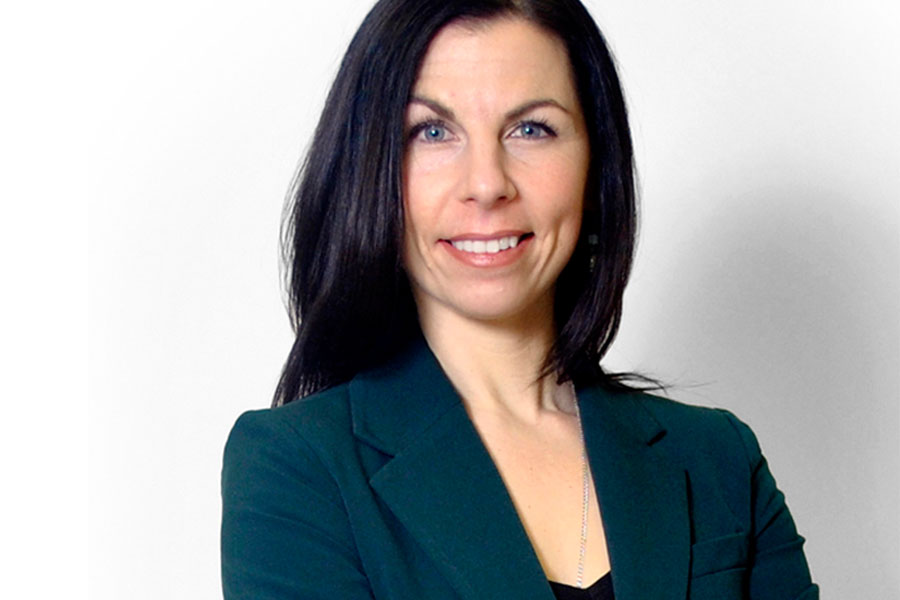 The Governance and Leadership Development Practicum provides senior-level students with a mentor from, and an internship with, a local non-profit or community-based organization (CBO), explained Chelsea Willness, the Edwards faculty member who created the course. From September to April, students serve on an organization's board of directors alongside their mentors, gaining experience in organizational governance.
The Governance and Leadership Development Practicum provides senior-level students with a mentor from, and an internship with, a local non-profit or community-based organization (CBO), explained Chelsea Willness, the Edwards faculty member who created the course. From September to April, students serve on an organization's board of directors alongside their mentors, gaining experience in organizational governance.
